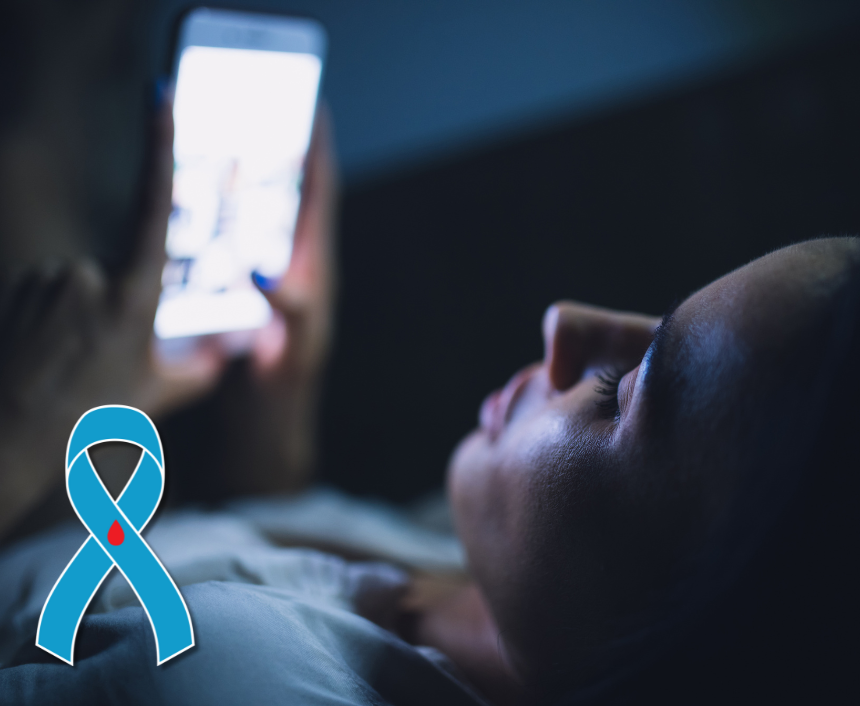A study by The LANCET Regional Health Europe investigated the relationship between personal light exposure patterns and the risk of developing type 2 diabetes using data from UK Biobank participants. Over 84,000 individuals, aged approximately 62 years on average, wore light sensors for a week to track their daily and nightly light exposures. They were followed up for about 8 years to monitor incident cases of type 2 diabetes.
Key findings showed that exposure to brighter night light significantly increased the risk of type 2 diabetes in a dose-dependent manner. Compared to those with the darkest night exposures (0–50th percentile), individuals in the brightest exposure group (90–100th percentile) had a 53% higher risk of developing diabetes, even after adjusting for age, sex, ethnicity, socioeconomic factors, lifestyle habits, and genetic predisposition. This risk incrementally rose across exposure percentiles (50–70th: 29% higher risk; 70–90th: 39% higher risk).
Furthermore, disruptions in circadian rhythms, measured by variables like circadian amplitude and phase, were associated with higher diabetes risk. Individuals with lower circadian amplitude and those with early or late circadian phases also faced increased diabetes risk. Interestingly, daytime light exposure showed a protective effect, with higher exposure associated with reduced risk, particularly in the brightest exposure percentile.
The study suggests that avoiding bright light at night could be a simple and cost-effective strategy to mitigate diabetes risk, especially for individuals with genetic predispositions or other cardiometabolic risk factors. These findings highlight the potential impact of environmental light exposure on metabolic health and the importance of considering circadian rhythms in disease prevention strategies.
Overall, the research underscores the significance of light exposure patterns in influencing type 2 diabetes risk and supports the integration of circadian health considerations in public health guidelines.
Click here to view the full study and learn more




